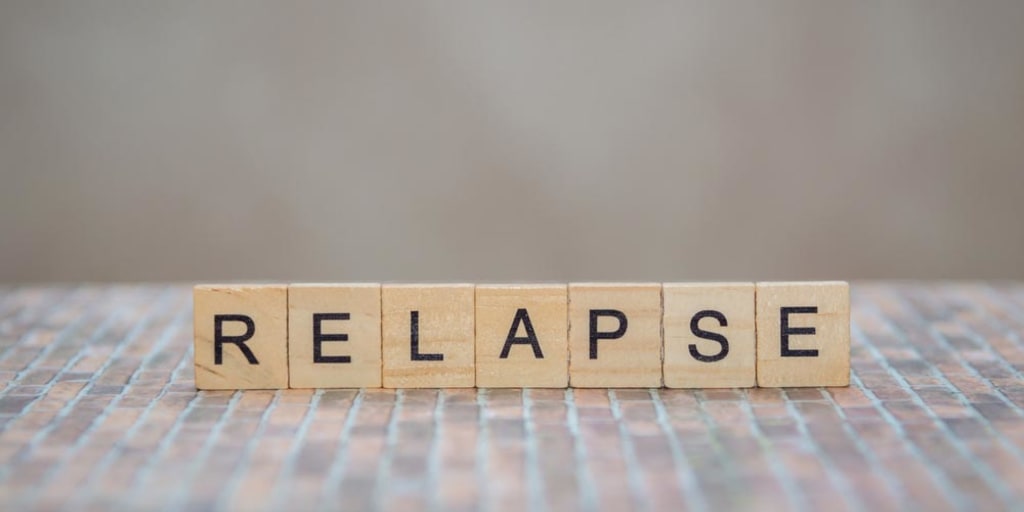
Using a relapse prevention program can help you prevent or stop relapse. This program focuses on identifying high-risk situations and using a cognitive-behavioral approach to help you change your behavior. These high-risk situations may include unhealthy substance use, obesity, sexual offending, and obsessive-compulsive behavior.
Mental relapse
Getting involved in the recovery community can be a very powerful tool for dealing with urges. It can also be a way to prevent relapse.
A well-thought-out relapse prevention plan should be a logical extension of your recovery plan. You should include a list of key warning signs as well as the top coping mechanisms for dealing with urges.
It's also a good idea to have a list of goals for your recovery. These can include educational, career, spiritual, or even family goals. These goals will help you identify your priorities and prioritize your recovery.
Another helpful tip is to find a way to reduce your financial stress. This can include a positive outlet or a healthy diet. Also, staying physically active and finding a way to get plenty of sleep can go a long way.
In a nutshell, the best way to prevent a relapse is to avoid certain triggers. Some are unavoidable, such as a sudden financial crisis. Other triggers are more individualized, such as a lack of sleep or a plethora of unhealthy eating habits.
Lifestyle factors
During the process of recovery, a person's lifestyle factors have a direct effect on their chances of relapse. Lifestyle factors can include factors such as a person's temperament, personality, and cognitive abilities.
The ability to recognize the signs of relapse and implement relapse prevention strategies is a key part of recovery. While it may seem difficult to identify these signs, recognizing and avoiding them is the first step to preventing relapse.
Triggers are events or people that can trigger relapse. These can be external or internal. External triggers can be things in the environment such as a bar or party, or people involved in your addictive behavior. Internal triggers may be your thoughts and emotions.
The best way to recognize and deal with triggers is to work with a therapist. The therapist can help you recognize the signs of stress and develop healthier coping strategies.
Another way to reduce relapse is to get enough sleep. Not getting enough sleep can lead to mood swings, fatigue, and anxiety.
Cognitive factors
Whether you are interested in relapse prevention or treatment, you need to understand the factors that are involved. These include the cognitive processes involved. For instance, a person's beliefs about the consequences of their actions, as well as their expectations of outcomes from substance use are all important. If these beliefs are altered, the likelihood of relapse can be reduced.
The cognitive-behavioral model of relapse defines relapse as a process involving internal and external events. The model emphasizes that people's reactions to a slip determine whether the slip escalates to a full relapse. In order to prevent relapse, people must learn to identify the external events that cause them to slip. In addition, they must learn to cope with the events.
Marlatt and Gordon posit that newly abstinent patients experience a sense of control over their behavior until they experience a high-risk situation. These situations are most commonly interpersonal conflicts or negative emotional states. However, patients may not have the skills needed to successfully cope with these situations.
Documenting a relapse prevention plan
Creating a relapse prevention plan can be a useful tool to prevent future relapse. It can help you identify the stages of relapse, the risk factors, and how to respond when these occur. A relapse prevention plan can be written, verbalized, or a combination of both.
A relapse prevention plan should be tailored to the individual and be easy to understand. It should also be reviewed on a regular basis. It should take into account the individual's motivation, social and cultural environment, and medical issues.
Some of the most important steps in relapse prevention are identifying potential triggers and developing coping skills. In addition to a relapse prevention plan, a person should make sure that they have a strong support system in place. This can include family, friends, and a support group.
Relapse prevention plans are generally created with the help of an addiction treatment team. A plan will also describe internal and external triggers, along with a course of action to respond to these triggers.





Comments
There are no comments for this story
Be the first to respond and start the conversation.